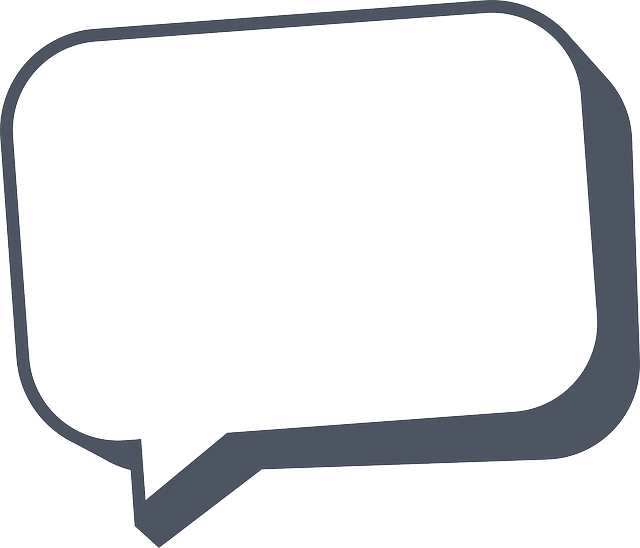In their book What Sticks, Rex Briggs and Greg Stuart underscore the crucial need to understand the motivating factors that cause buyers to choose one brand over another. I recently wrote 30 blog posts here on 30 different sales prompts (motivators). The specific posts about this began on February 7th and continued for thirty days. If you haven’t read them yet, please be sure to visit them soon. And a re-visit every so often won’t hurt, either. Because unless you keep them firmly in mind–and use one or more of them every time you put fingers to keyboard or speak to a prospective customer or client–you’ll fight a losing battle when it comes to converting browsers into buyers.
In What Sticks the authors make a bold claim in the subtitle: Why Most Advertising Fails and How to Guarantee Yours Succeeds.
How does your target audience perceive you and your offer? Have you defined yourself and your product or service well enough to your target audience so they want to embrace what you offer?
Examples:
Wal-Mart advertises frugality (aka cheap). “Always Low Prices. Always.” Their ad copy appeals to low income earners, large families, egalitarians, and frugal shoppers who don’t care all that much about quality or status.
Rolex advertises wealth status, exclusivity. The people who buy Rolex watches wouldn’t be caught dead in a Wal-Mart unless they were there to study or interview the folks who shop there.
Apple made its fortune celebrating the joy of rebellion. “Think different.” Apple’s products are no better than many of its competitors, but individualists will sit outside a store for days waiting for the roll out of a new Apple product. They love being seen as rugged individualists. Apple has earned their loyalty because they want to be recognized as thinking differently, as rebels with a cause. (Among their causes is Apple.)
List (on paper) why consumers hire your brand (or why they should if they aren’t yet). Share your list with others to see if they can poke any holes in your assumptions or conclusions about why people should be clamoring to fill your coffers.
Briggs and Stewart suggest taking an inventory of your prospects’ motivations. They write that there are three levels to the motivation-discovery process:
Category — Know why customers buy products or services like yours (functional, social, and/or emotional benefits)
Class — Know why customers choose a particular class of brands (why a luxury car over an economy car, an SUV over a minivan, a micro brew over a better-known brand name, generic medications over a brand name)
Brand — Know why customers choose a specific brand (why a Sequoia over a Tahoe, a Sam Adams over a Heineken)
Must-have products like toothpaste and toilet tissue fare well enough positioned only at the category level.
More expensive products and services–car dealerships, Realtors, insurance providers–should scrutinize and apply all three levels to their marketing plans.
It’s also crucial to discover why a consumer might elect to avoid buying a product or service. (Eco-warriors want fuel-efficient, as close to carbon-neutral vehicles as they can find, and will pay premium prices for them; homeowners who hire maids and business owners who hire janitors may want to be sure they use only eco-friendly, non-toxic cleaning products; religious or political sects may elect to do business primarily with others who embrace their worldviews and sensibilities.)
As you can see, it simply isn’t enough to roll out a welcome mat and start shaking hands. Your customers and prospects are looking for a partnership of sorts that they can embrace and feel good about.
How are you defining what you do and who you are, online and off?




